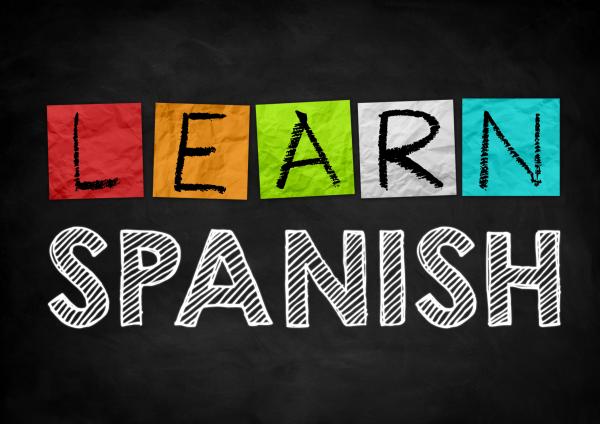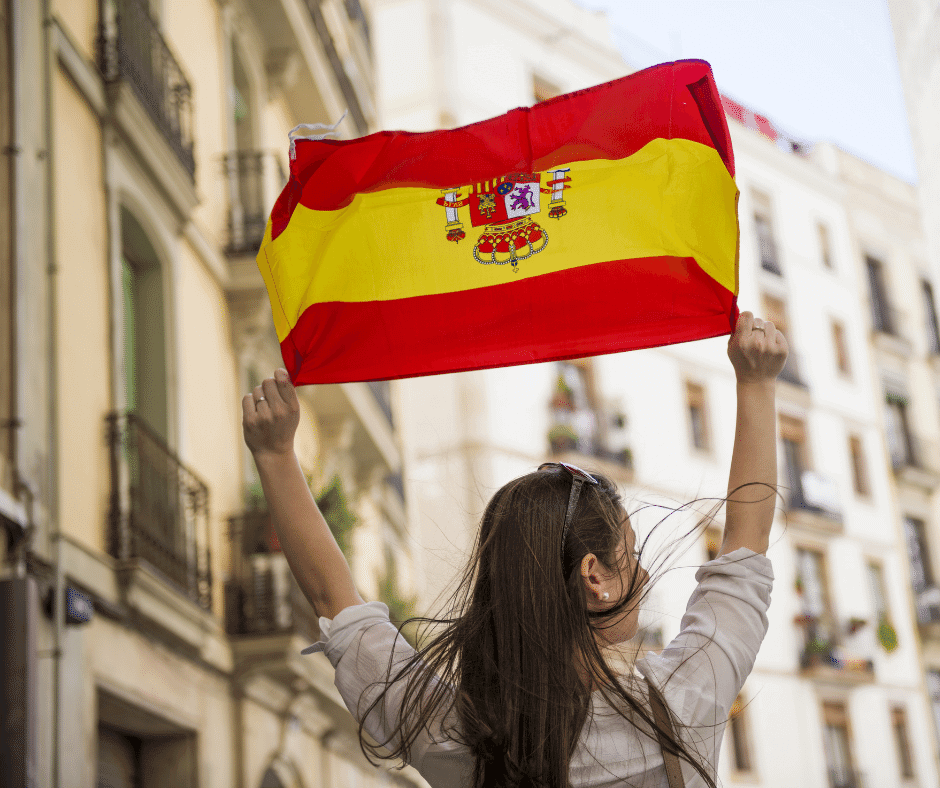Spain, a land of vibrant history, passionate people, and diverse landscapes, boasts a rich cultural tapestry woven from centuries of tradition, artistic expression, and unique customs. Beyond its iconic architecture and delicious cuisine, Spain’s cultural symbols offer a deeper understanding of its identity, values, and spirit. These symbols, deeply ingrained in the national consciousness, evoke a sense of pride, belonging, and shared heritage. From the fiery passion of flamenco to the noble strength of the Spanish bull, let’s delve into the captivating world of Spanish cultural symbols.
1. Flamenco: A Dance of Passion and Soul
Flamenco, more than just a dance, is an art form that encapsulates the soul of Spain. Originating in Andalusia, the southern region of Spain, flamenco is a powerful expression of emotions through song (cante), dance (baile), and guitar (toque). Its roots lie in the marginalized communities of the Romani people, Moors, and Jews, who blended their diverse musical traditions to create this unique art form.
The soul of flamenco lies in its raw emotion and improvisational nature. The singer’s heartfelt lyrics, often expressing themes of love, loss, and social injustice, are accompanied by the dancer’s intricate footwork, hand gestures, and passionate facial expressions. The guitar, with its complex rhythms and melodies, provides the backdrop for this intense and captivating performance.
Flamenco has evolved over the centuries, incorporating various influences and styles. Today, it is recognized as a UNESCO Intangible Cultural Heritage, a testament to its cultural significance and global appeal. Flamenco performances can be found in tablaos (flamenco clubs) throughout Spain, offering visitors a glimpse into the heart of Spanish culture.
2. The Spanish Bull: A Symbol of Bravery and Tradition
The Spanish bull, or toro bravo, is an iconic symbol of Spain, representing bravery, strength, and tradition. Bullfighting, or corrida de toros, is a controversial yet deeply ingrained tradition that dates back centuries. While opinions on bullfighting are divided, the image of the bull remains a powerful symbol of Spanish identity.
The toro bravo is a unique breed of bull, specifically bred for bullfighting. These animals are known for their strength, agility, and aggressive nature. The bullfight itself is a highly ritualized event, with matadors (bullfighters) showcasing their skill and courage in confronting the bull.
Beyond the bullring, the image of the bull is prevalent throughout Spanish culture, appearing in art, literature, and advertising. The Osborne bull, a silhouette of a bull that was originally used to advertise brandy, has become a national symbol, standing proudly on hillsides across Spain.
3. The Spanish Guitar: A Voice of Melancholy and Joy
The Spanish guitar, or guitarra española, is an instrument that has become synonymous with Spanish music and culture. Its origins can be traced back to the Roman cithara and the Moorish oud, which were brought to Spain during the Middle Ages. Over time, the instrument evolved into the form we know today, with its distinctive shape, six strings, and warm, resonant sound.
The Spanish guitar is an integral part of flamenco music, providing the rhythmic and melodic foundation for the dance and song. It is also used in classical music, folk music, and popular music. Spanish guitarists, such as Andrés Segovia and Paco de Lucía, have achieved international acclaim for their virtuosity and artistry.
The sound of the Spanish guitar evokes a range of emotions, from melancholy and longing to joy and passion. It is a versatile instrument that can be used to express the full spectrum of human experience.
4. Paella: A Culinary Symbol of Unity and Celebration
Paella, a rice dish originating from Valencia, is a culinary symbol of Spain, representing unity, celebration, and the importance of family and friends. Paella is typically made with rice, saffron, vegetables, and meat or seafood, cooked in a large, shallow pan called a paellera.
The dish is believed to have originated with the Moors in Valencia, who cultivated rice and used it in various dishes. Over time, paella evolved into the dish we know today, with different regions of Spain adding their own unique ingredients and variations.
Paella is often served at special occasions, such as family gatherings, festivals, and celebrations. It is a dish that is meant to be shared, bringing people together around the table to enjoy good food and good company.
5. The Spanish Flag: A Symbol of National Identity
The Spanish flag, or bandera de España, is a symbol of national identity, representing the history, values, and aspirations of the Spanish people. The flag consists of three horizontal stripes: red, yellow, and red, with the Spanish coat of arms on the yellow stripe.
The colors of the flag are believed to have originated in the 18th century, when King Charles III chose red and yellow as the colors for the Spanish navy. The coat of arms represents the historical kingdoms of Spain, including Castile, León, Aragon, and Navarre.
The Spanish flag is flown proudly throughout Spain, from government buildings to private homes. It is a symbol of unity and pride for the Spanish people.
6. The Spanish Language: A Bridge to the World
The Spanish language, or español, is a cultural symbol of Spain, representing its history, literature, and global influence. Spanish is spoken by over 500 million people worldwide, making it one of the most widely spoken languages in the world.
The Spanish language evolved from Latin, which was brought to the Iberian Peninsula by the Romans. Over time, it incorporated influences from other languages, including Arabic, Basque, and Celtic.
Spanish is a rich and expressive language, with a vast vocabulary and a complex grammar. It is the language of Cervantes, García Márquez, and Neruda, and has produced some of the world’s greatest literature.
7. Siesta: A Cultural Symbol of Relaxation and Tradition
The siesta, a short afternoon nap, is a cultural symbol of Spain, representing relaxation, tradition, and a slower pace of life. While the siesta is becoming less common in modern Spain, it is still an important part of the country’s cultural identity.
The siesta is believed to have originated in rural Spain, where farmers would take a break during the hottest part of the day to rest and recharge. Over time, it became a tradition that was embraced by people from all walks of life.
The siesta is more than just a nap; it is a time to disconnect from the stresses of daily life and to reconnect with oneself. It is a reminder to slow down, appreciate the simple things in life, and to prioritize well-being.
8. Religious Symbols: A Reflection of History and Faith
Spain’s history is deeply intertwined with Catholicism, and religious symbols continue to hold significant cultural importance. Churches, cathedrals, and religious art are prominent features of the Spanish landscape. The Cross, the Virgin Mary, and various saints are revered figures, and religious festivals and processions are integral parts of Spanish culture. These symbols reflect the deep-seated faith and traditions that have shaped Spanish society for centuries.
Conclusion
Spanish cultural symbols offer a fascinating glimpse into the heart of Spain. From the passionate dance of flamenco to the noble strength of the Spanish bull, these symbols represent the country’s rich history, diverse traditions, and unique spirit. They evoke a sense of pride, belonging, and shared heritage, connecting the Spanish people to their past and shaping their identity in the present. By understanding and appreciating these symbols, we can gain a deeper understanding of the soul of Spain.


